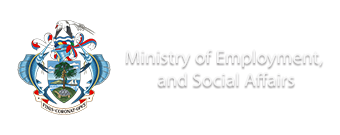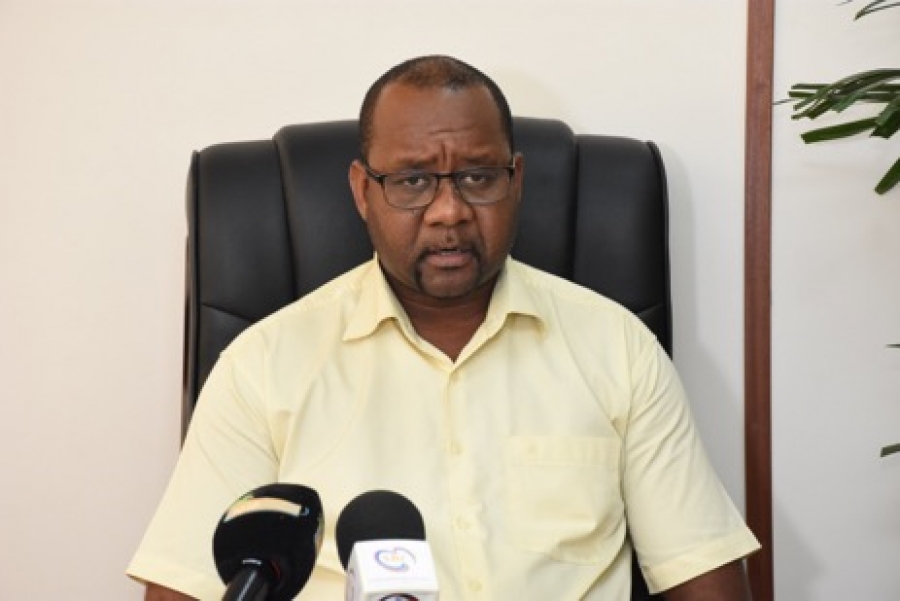Regulations seek to protect employees and public from radiation sources
Following cabinet’s approval for the adoption of the Radiation and Safety and Security Regulations 2019, principal secretary for employment, Jules Baker, has provided more information on the regulations and the new measures established by it to improve management of radiation-generating devices and equipment in Seychelles.
Radiation generating machines produce ionising radiation when in operation and can potentially present a radiation exposure hazard and lead to health problems.
Currently in Seychelles, radiation-generating equipment is used by the Ministry of Health, who operates x-ray machines, Magnetic Resonance Imaging (MRI) scan machines as well as ultrasound machines, as well as other private organisations such as dental clinics and others in the construction sector.
Since 2014, the government and National Assembly have taken steps to better manage such equipment through the implementation of the Radiation, Safety and Security Act, which makes provisions for the production, possession, use, import and exportation of radiation-generating equipment.
“There are certain equipment being used here in Seychelles which emit radiation and it is important that Seychelles, as a country, takes the necessary measures to better manage such equipment. After the law was enforced in 2014, it was necessary to introduce regulations on how the law will be implemented. For the time being, we have an inventory of all the equipment that emit radiation and we are working with the International Atomic Energy Agency (IAEA), who have supported us with the relevant information to deal with this,” PS Baker noted.
The employment ministry is the authority approved by IAEA and the government to administer the regulations, and as such, has established a section within the department to focus on enforcing the regulations and ensuring that licencees are compliant.
“As we develop, some mechanisms will have to be put in place. Firstly, as the competent authority, we have to issue licences to all agencies and organisations that use equipment with radiation generating devices. A procedure is in progress whereby, together with IAEA, that once the regulation is enforced, all the agencies will have to come to the ministry to declare what equipment they are using. If they satisfy the ministry that the equipment is instrumental to their operations, outline the risks that it carries and then the ministry will decide on whether to grant a license, and if not, the procedures to make their equipment compliant before they can be issued with a license,” he stated.
In order to be granted the license, the applicant must provide the department with documentation of their organisation’s internal system detailing the procedures for the use of such equipment.
The regulations also establish the maximum dosage limitation in the three circumstances in which persons are exposed to radiation, namely, occupational exposure where they are exposed through their jobs, medical exposure for patients undergoing tests, scans and treatments which produce ionising radiation and thirdly, exposure in the public domain. The limit for occupational exposure is at 20 millisievert.
The dosimeter can be worn by individual employees and read exposure levels daily. The device has to be tested by the Seychelles Bureau of Standards (SBS) monthly, as a means to ensure that employees are compliant and can take precautionary steps to avoid overexposure.
To facilitate the measurement and monitoring of exposure levels, the department has distributed 130 of 200 dosimeters donated by IAEA to organisations at which there are risks of exposure and overexposure to radiation. Personal dosimeters keep a cumulative record of the radiation dose received.
Persons who have been exposed and affected by radiation can seek a compensation remedy through a civil court case.
Asides from monitoring exposure levels, the department is also tasked with monitoring the transportation of such equipment, and when it is being decommissioned to avoid accidental exposure. As such, a Memorandum of Understanding (MoU) with customs in instances when such equipment arrive at ports of entry.
“From the information we have, the levels of radiation arising out of equipment currently being used in Seychelles is safe. We want to ensure that even if it is at a safe level, there are regulations in place to ensure that all organisations are not exposing members of the public and others to radioactive sources. It is very important for us as government to ensure that whoever is importing or using radioactive sources understand the risks associated with it,” PS Baker concluded.
Laura Pillay
Complements of Seychelles NATION




